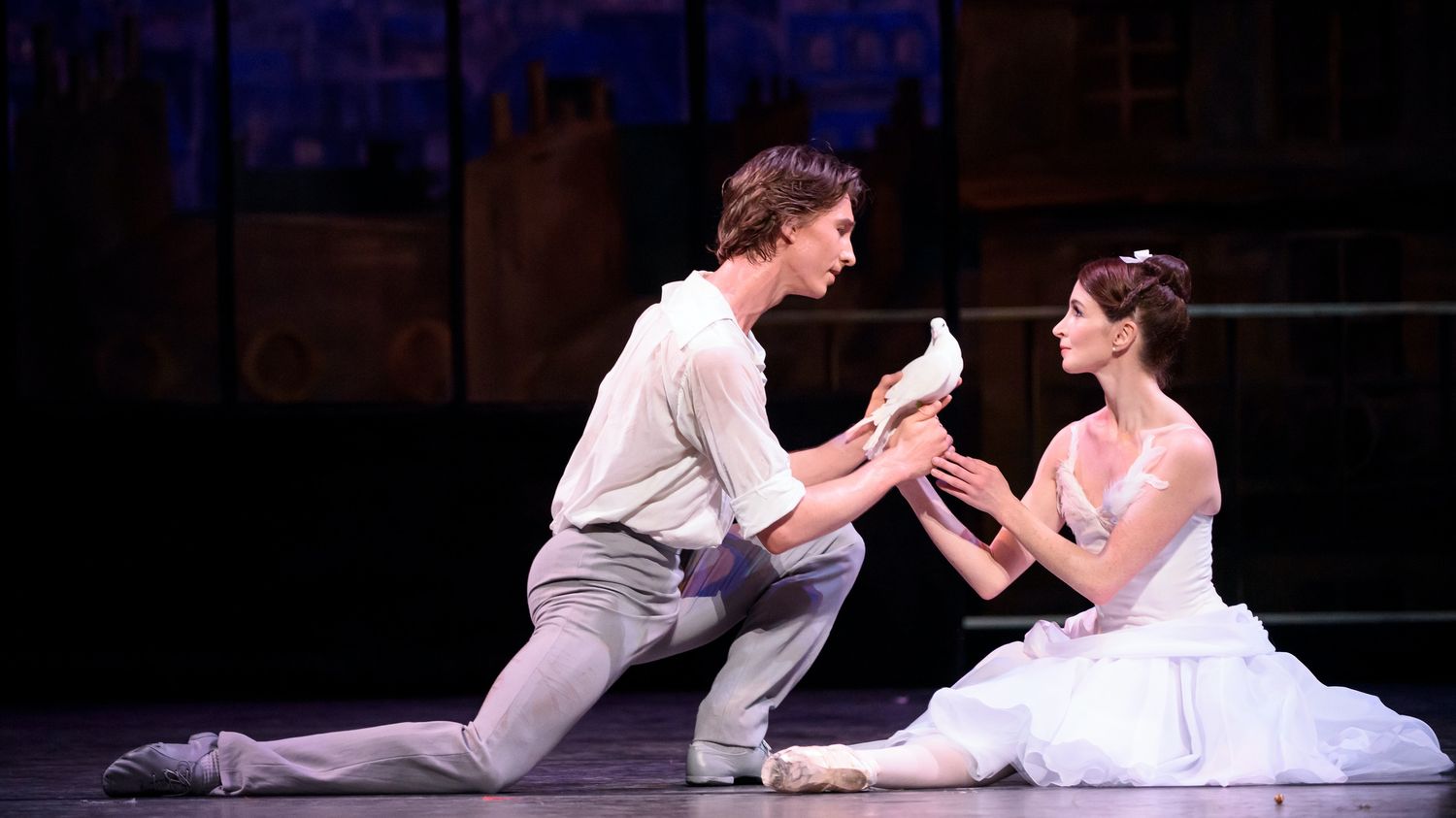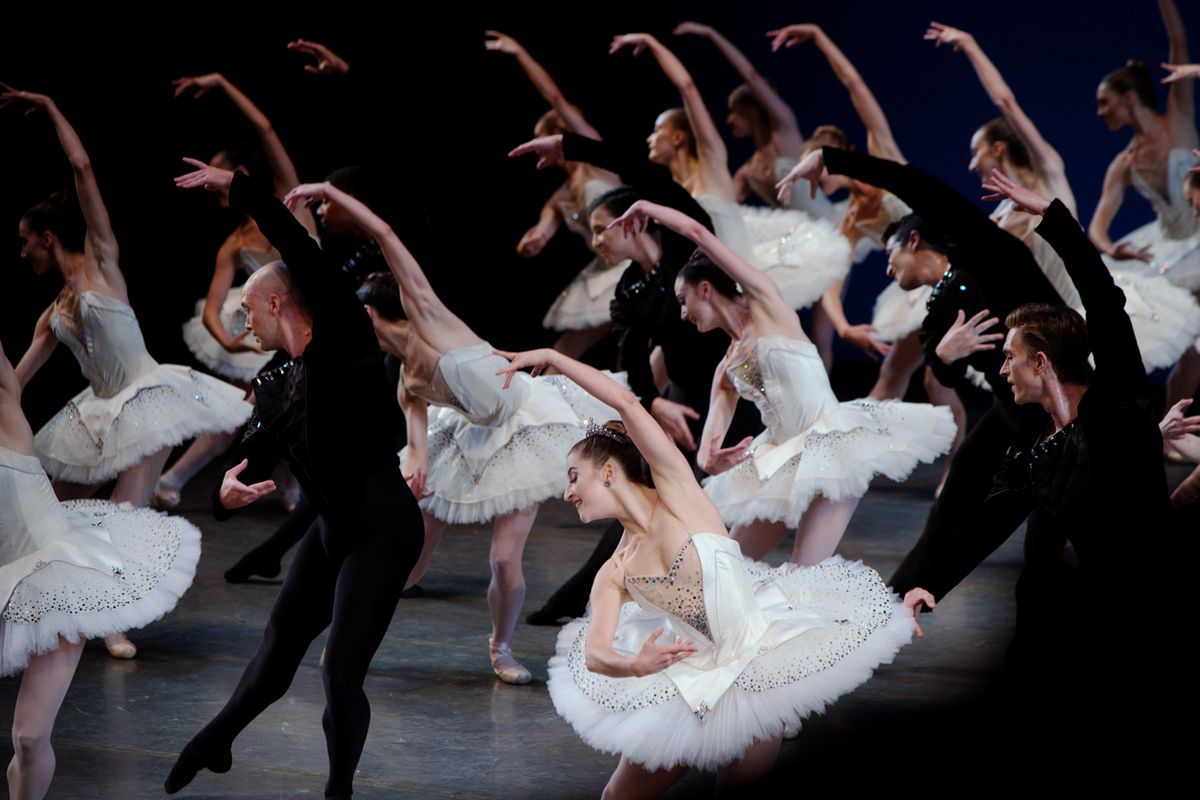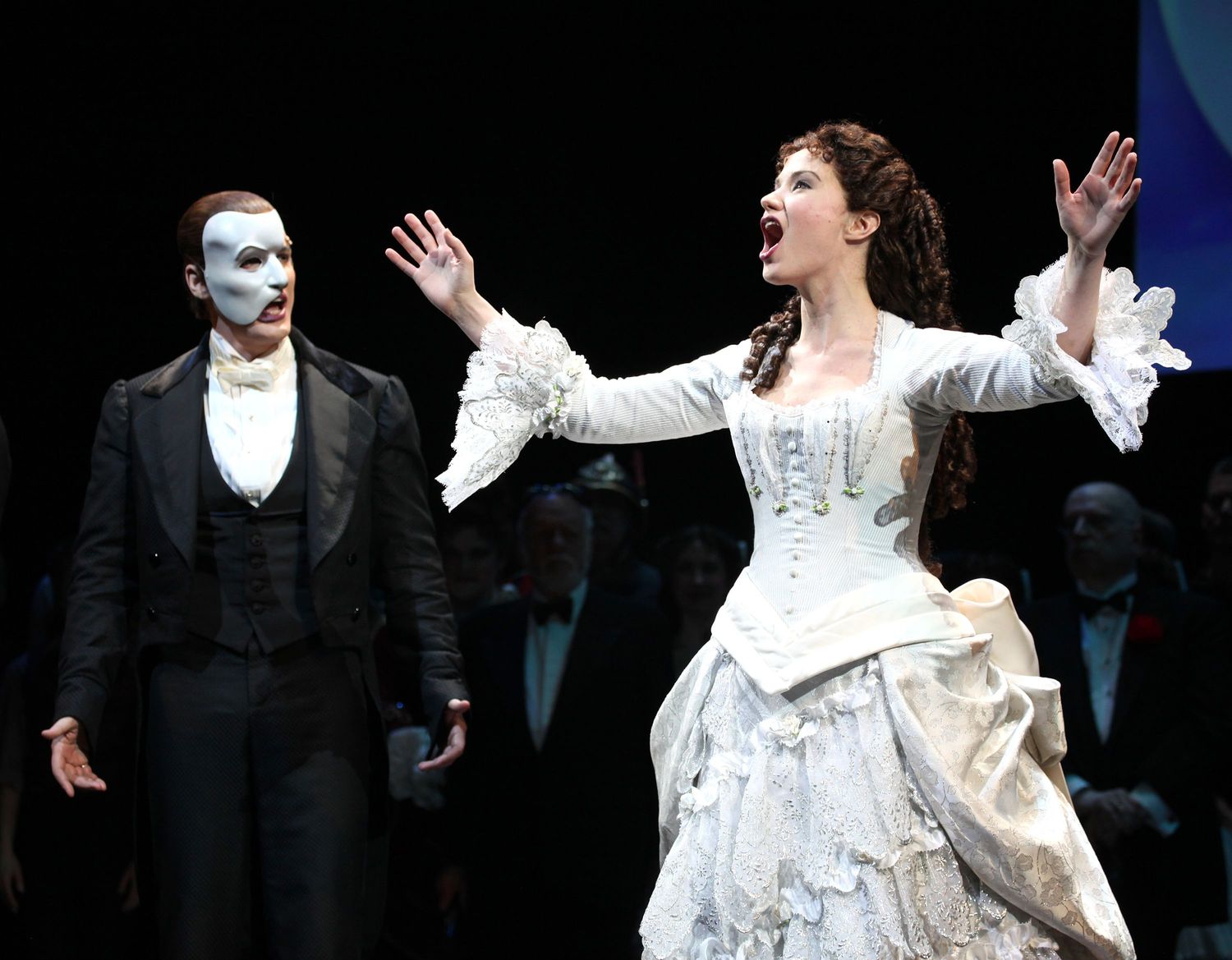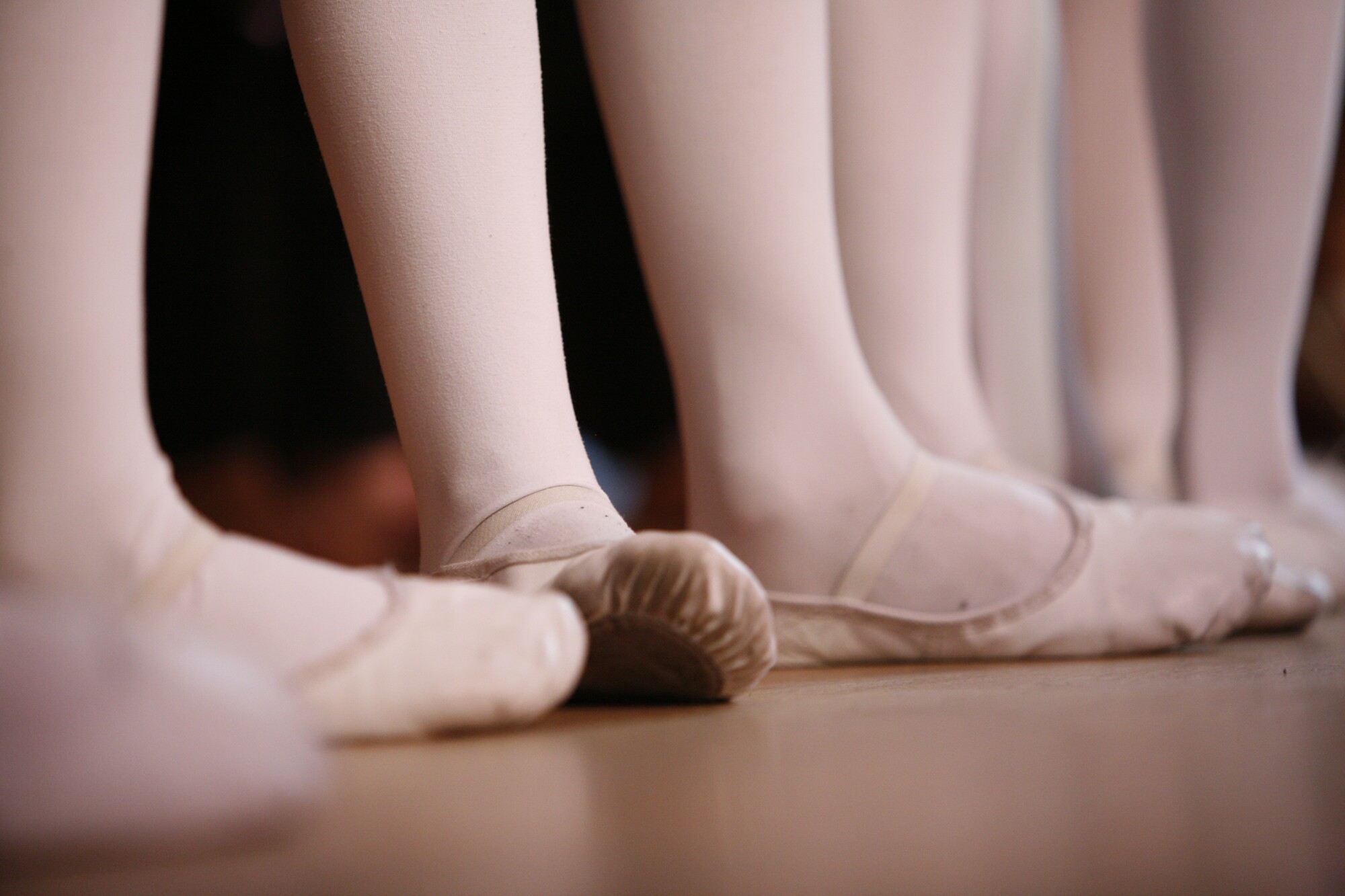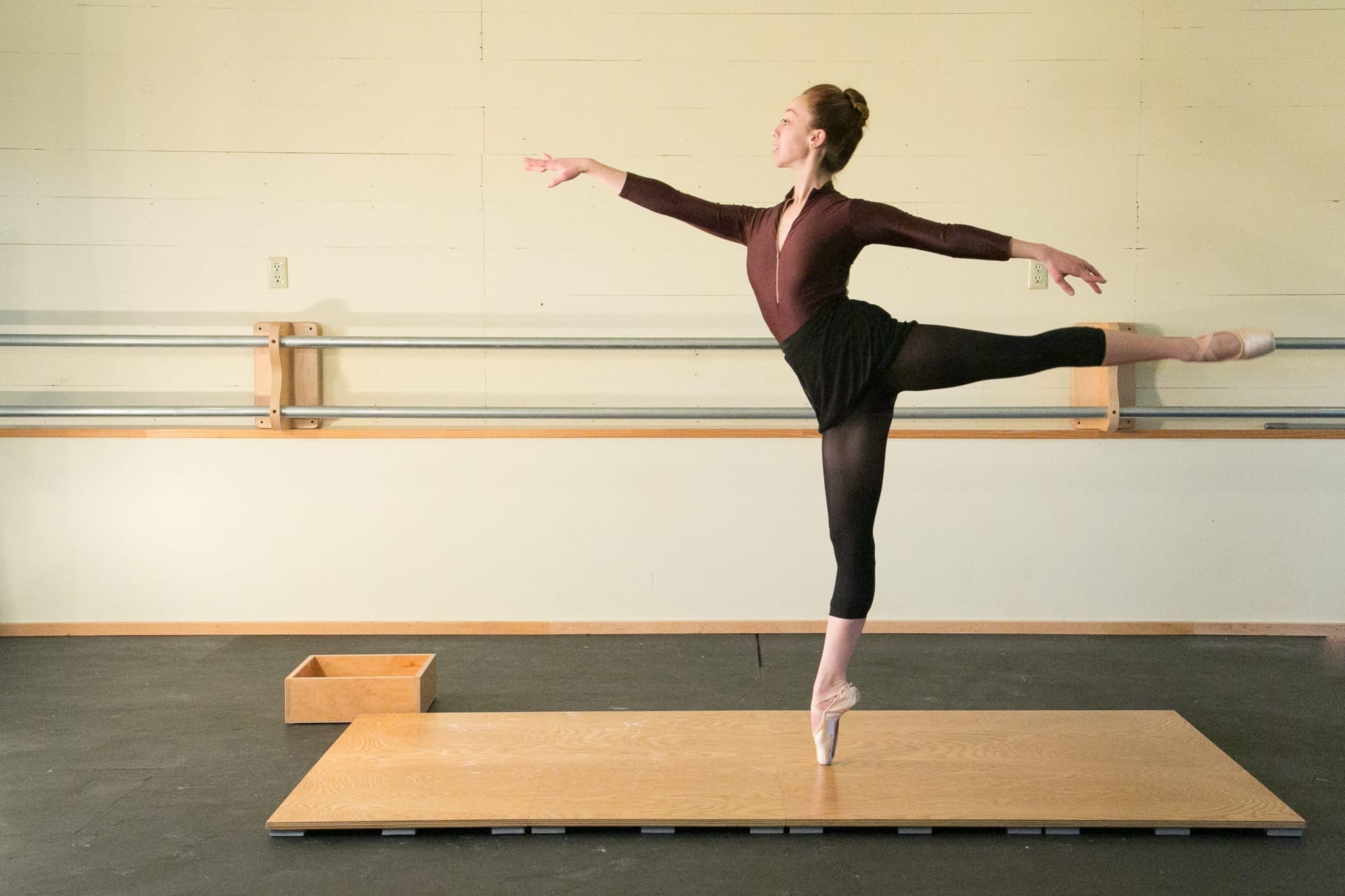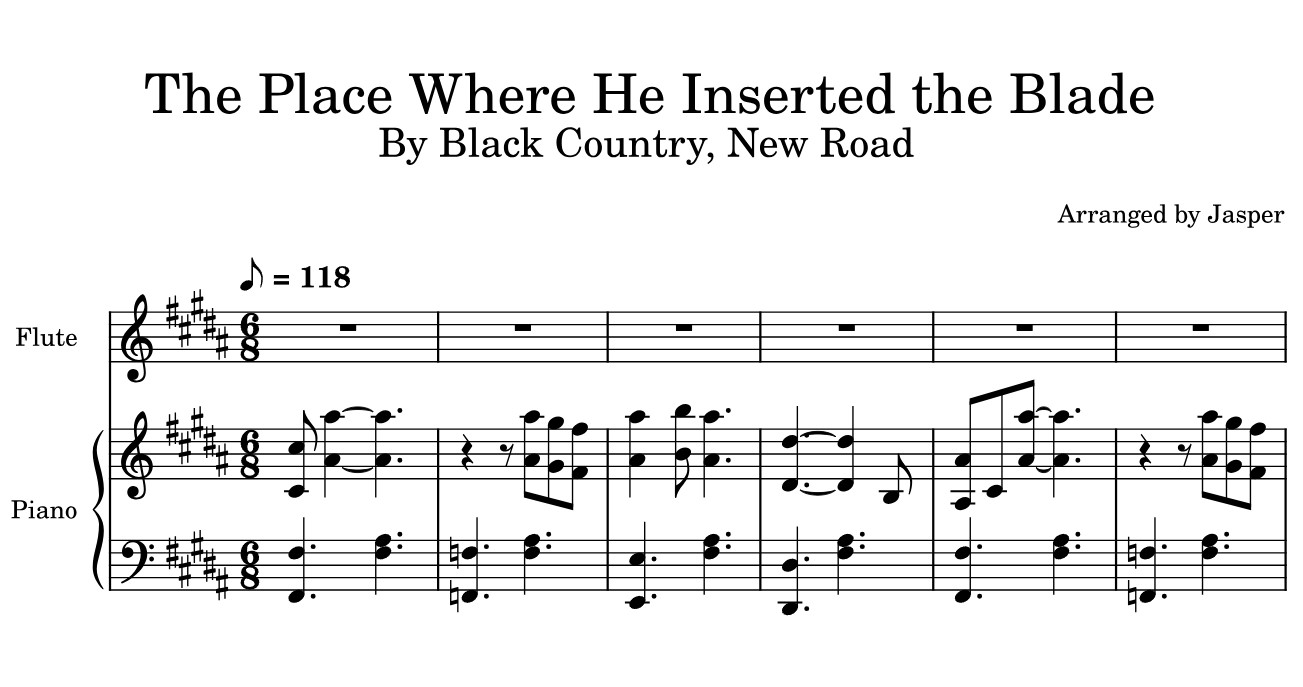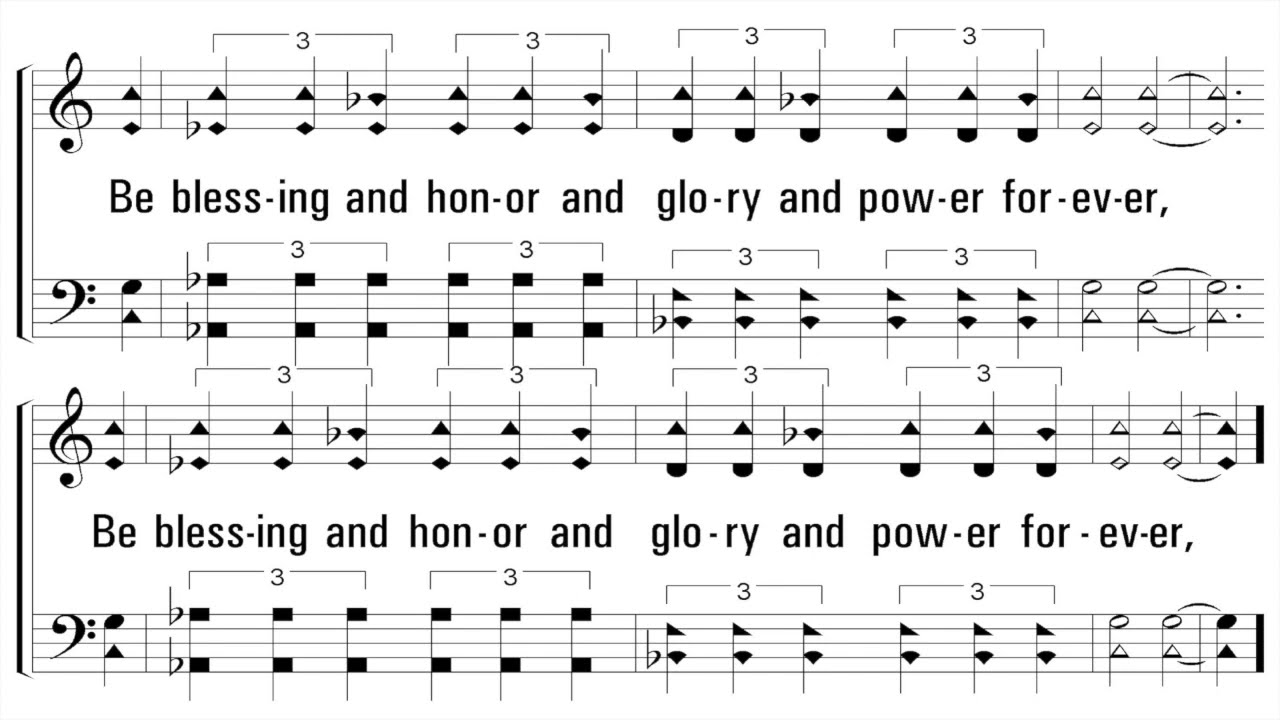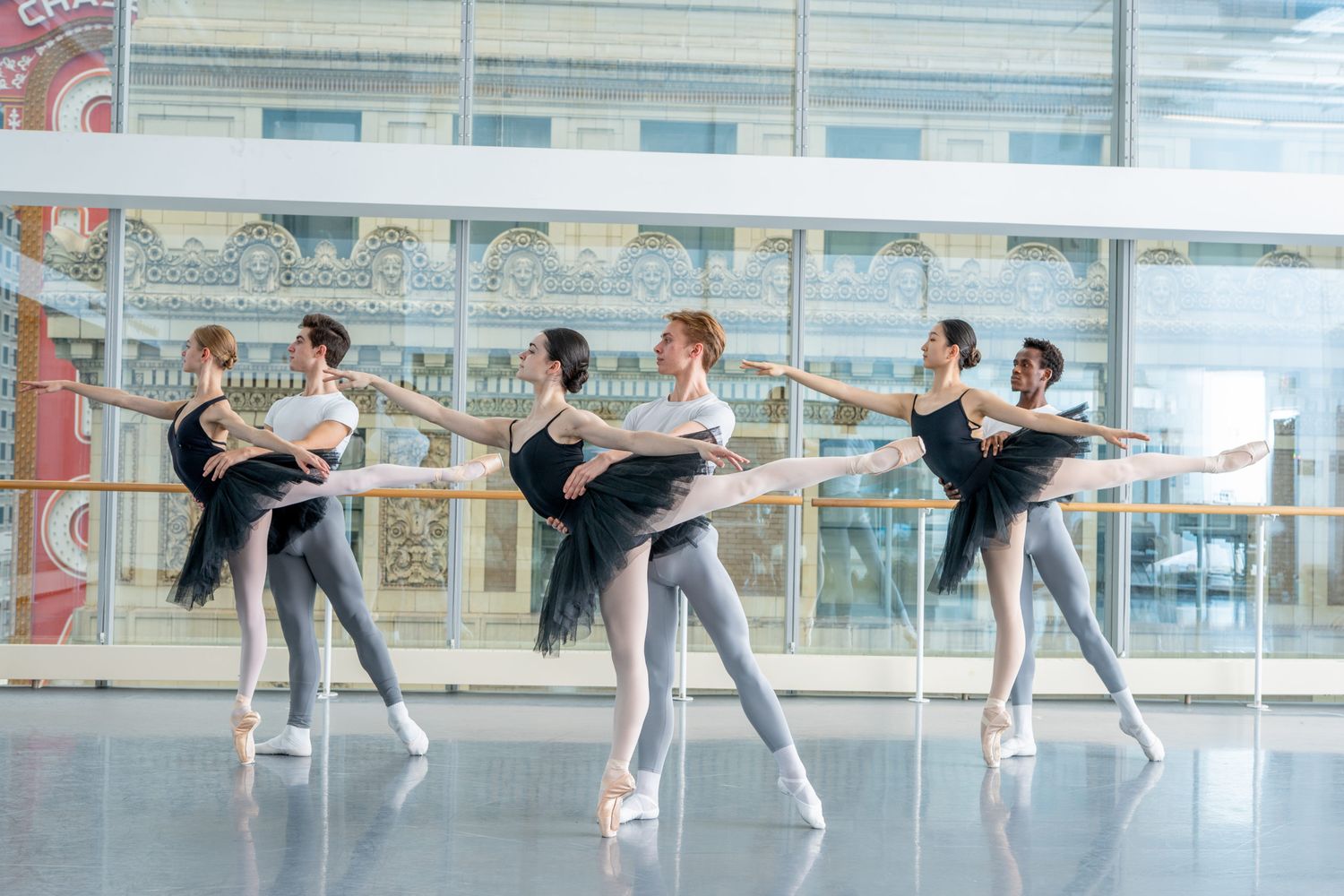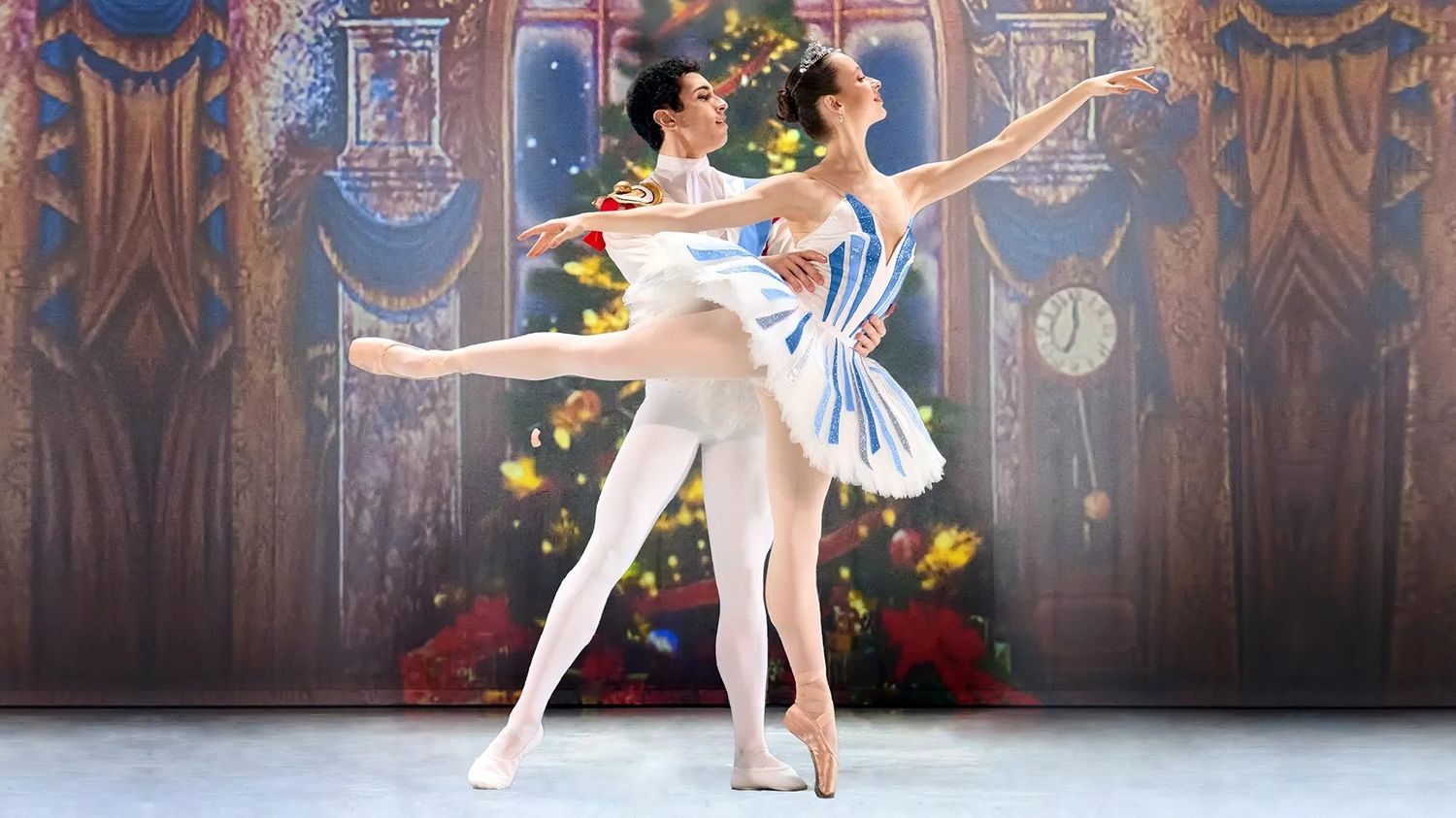Home>Events & Info>Ballet>Where Is The Best Place To Sit At A Ballet
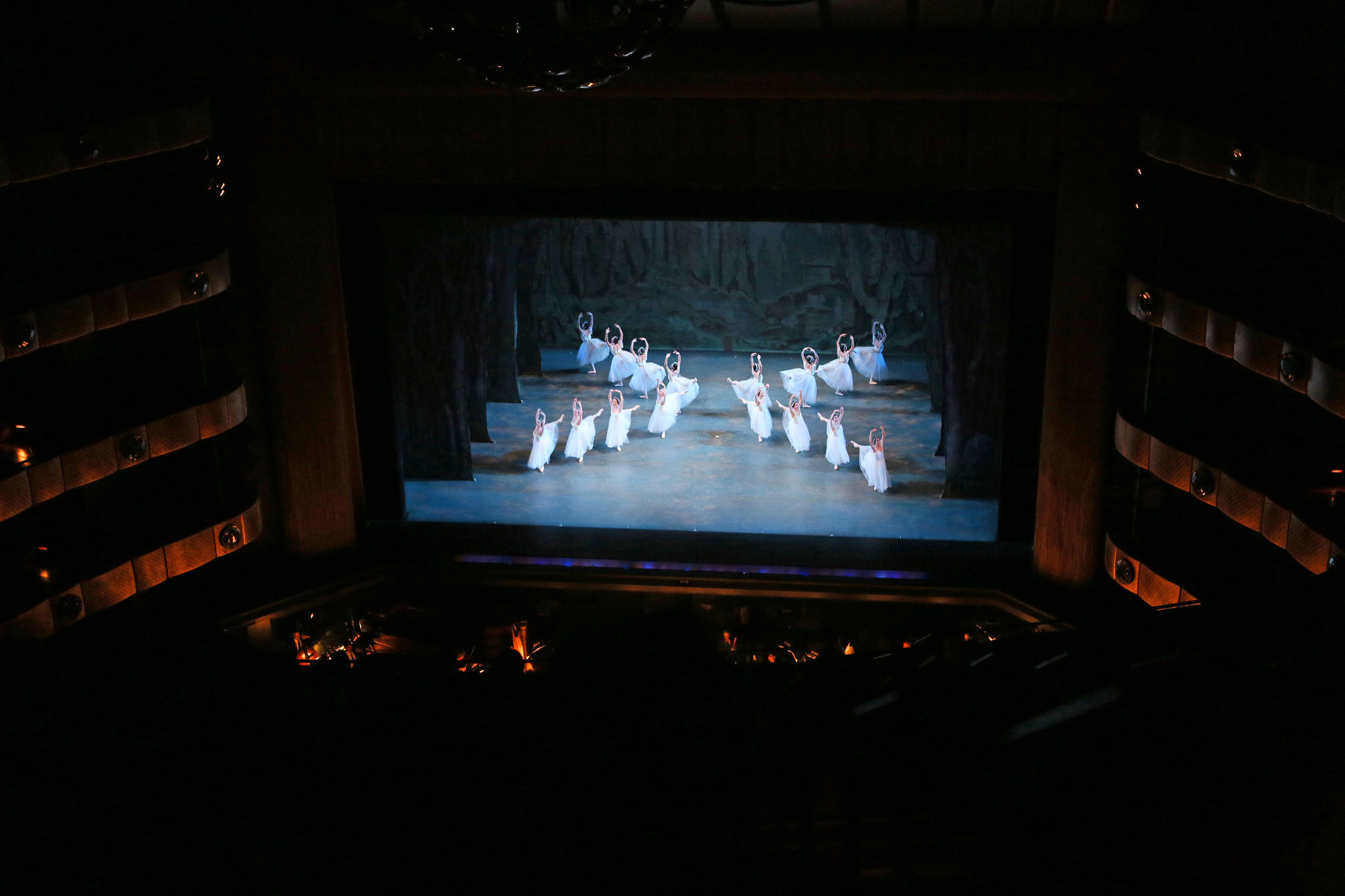

Ballet
Where Is The Best Place To Sit At A Ballet
Published: January 10, 2024
Discover the ideal seating locations to fully experience the grace and beauty of ballet performances. Find out where to sit to immerse yourself in the magic of ballet.
(Many of the links in this article redirect to a specific reviewed product. Your purchase of these products through affiliate links helps to generate commission for AudioLover.com, at no extra cost. Learn more)
Table of Contents
Introduction
Attending a ballet performance is a magical experience that combines mesmerizing movements, graceful storytelling, and exquisite music. Whether you’re a seasoned ballet enthusiast or a newcomer to the world of dance, choosing the best seat can greatly enhance your enjoyment of this art form.
When it comes to finding the perfect seat at a ballet, several factors should be considered. The seating arrangement, the stage layout, and your personal preferences all play a role in determining the ideal viewing experience. In this article, we will explore the various factors to consider when choosing a seat at a ballet and provide insights into the pros and cons of different seating options.
From the front row to the balcony, each seat in the theater offers a unique perspective. Front row seats provide an up-close view of the dancers’ expressions and footwork, while balcony seats offer a panoramic view of the entire stage. Center seats provide the most balanced view, and aisle seats offer convenience and easy access. Additionally, box seats provide an exclusive experience with optimal sightlines.
By understanding the advantages and disadvantages of each seating option, you can make an informed decision and ensure an unforgettable ballet experience. So, let’s explore these seating options in detail and find out where the best place to sit at a ballet may be!
Factors to Consider when Choosing a Seat at a Ballet
When deciding on the best seat for a ballet performance, there are several important factors to take into consideration:
- Proximity to the Stage: One of the most significant factors is how close you want to be to the stage. Front row seats provide an intimate and immersive experience, allowing you to catch every subtle movement and facial expression of the dancers. However, being too close can sometimes result in missing out on the full visual spectacle of the choreography. Balcony seats, on the other hand, offer a wider view of the stage and the ability to appreciate the ensemble work.
- Viewing Angle: Consider the angle at which you’ll be watching the performance. Center seats provide the most balanced view, allowing you to see the overall formations and patterns with ease. If you prefer seeing the dancers face-on, these seats are your best bet. However, if you enjoy observing the choreography from a slightly skewed angle, off-center seats could provide a unique and interesting perspective.
- Acoustics and Sound: Another factor to consider is the quality of the acoustics in the theater. Some seats may offer a more enhanced auditory experience, allowing you to hear the subtlest nuances of the music and the dancers’ footsteps. Typically, seats closer to the stage tend to provide a more immersive sound experience. However, it’s important to find a balance so that you aren’t overwhelmed by the music or miss out on any important dialogue or storyline.
- Sightlines: Understanding the sightlines of the theater is crucial when selecting your seat. Avoiding any obstructions, such as pillars or overhangs, will ensure an unobstructed view of the stage. Additionally, consider the rake of the theater, which refers to the gradual incline of the seating rows. A steeper rake often means better sightlines from the back rows, as the higher seats allow for a clearer view over the heads of those in front.
- Personal Preferences: Lastly, take into account your personal preferences and comfort. If you have difficulty with stairs, opt for seats on the lower levels. If you prefer easy access to amenities like restrooms or refreshments, aisle seats may be more convenient. Remember to consider any potential distractions, such as latecomers or the movement of ushers, when selecting your seat.
By considering these factors, you’ll be able to make an informed decision and choose a seat that suits your preferences and enhances your overall ballet experience. Next, we’ll explore the pros and cons of different seating options to help you narrow down your choices.
Front Row Seats: Pros and Cons
Front row seats at a ballet offer an up-close and personal view of the performance. Here are the pros and cons of choosing a front row seat:
Pros:
- Intimacy: Sitting in the front row provides an intimate experience, allowing you to see the dancers’ expressions, gestures, and footwork up close. You’ll be able to appreciate the dancers’ artistry in exquisite detail.
- Close-up Details: Front row seats allow you to spot small nuances and the finer details of the choreography that may be missed from a distance. You can witness the incredible skill and technique of the dancers from an incredibly close perspective.
- Emotional Connection: Being in the front row provides a deeper emotional connection with the dancers and their performance. You can feel the energy and passion emanating from the stage, immersing yourself in the story being told.
Cons:
- Limited View: While front row seats offer an up-close view, it also means that some parts of the stage may be difficult to see. The proximity to the stage can cause you to miss out on the larger formations and overall picture of the choreography.
- Neck Strain: Sitting in the front row requires constantly tilting your head up to watch the performers. This can lead to neck strain over an extended period, causing discomfort during the performance.
- Missing Footwork: Due to the closeness of the performers, you may have a limited view of the dancers’ feet. Intricate footwork and lower body movements might be partially obscured, impacting your ability to fully appreciate the technical prowess of the ballet.
When considering front row seats, weigh the pros and cons based on your preferences. If you value the opportunity to witness the dancers’ expressions up close and don’t mind potentially missing out on the bigger picture, then front row seats may be the perfect choice for you. However, if you prefer a broader view of the stage and want to see the full range of choreography, you might want to consider other seating options.
Next, let’s explore the pros and cons of center seats, which offer a balanced view of the stage and the dancers.
Center Seats: Pros and Cons
Center seats at a ballet performance provide a balanced and comprehensive view of the stage. Here are the pros and cons of choosing center seats:
Pros:
- Balanced View: Center seats offer an optimal viewing angle, allowing you to see the choreography as intended by the director. You’ll be able to appreciate the overall formations, patterns, and synchronization of the dancers.
- Clear Sightlines: With center seats, you’re less likely to have any obstructions blocking your view of the stage. This ensures an uninterrupted viewing experience, without having to strain your neck or adjust your position.
- Stage Focal Point: The action on stage is often designed to be centered, making center seats the ideal choice for capturing the focal point of the performance. You won’t miss any pivotal moments or highlights of the ballet.
Cons:
- Less Intimacy: While center seats provide a comprehensive view, they may not offer the same level of intimacy as front row seats. You may miss some of the subtler details and facial expressions of the dancers that can be observed from closer seats.
- Distance from Dancers: Center seats are usually further back from the stage, which means you may not be able to see the intricate footwork or quick foot movements as clearly as you would from front row seats.
- Less Immersive Experience: Sitting in the center may create a slight sense of detachment from the performance, as you might not feel as close to the dancers or be enveloped in their energy. However, this can vary depending on the individual and their preferences.
Center seats are a popular choice for many ballet enthusiasts who value a balanced view and a clear perspective of the performance. If you enjoy observing the choreography as a whole and want to capture the essence of the ballet, center seats are an excellent option. However, if you crave a more intimate and up-close experience, you might want to consider other seating areas.
Next, let’s explore the pros and cons of aisle seats, which offer convenience and easy access.
Aisle Seats: Pros and Cons
Aisle seats at a ballet performance offer convenience and easy access. Here are the pros and cons of choosing an aisle seat:
Pros:
- Easy Access: Aisle seats provide convenient entry and exit points, allowing you to move in and out of your seat with ease. This can be especially beneficial if you need to step out during intermission or if you have any mobility concerns.
- Extra Legroom: Depending on the theater’s seating arrangement, aisle seats may provide additional legroom. This can contribute to a more comfortable and relaxed experience during the ballet performance.
- No Distractions: Sitting on the aisle means there is no one seated directly next to you on one side. This can reduce potential distractions, such as people shifting in their seats or audience members arriving late.
Cons:
- Limited View: Aisle seats may offer a slightly obstructed view of the stage, especially if there are handrails or other structures in the theater. This can impact your overall viewing experience and make it challenging to fully appreciate the choreography.
- Less Centered Perspective: Aisle seats are typically positioned towards the side of the theater, which means you might not have a perfectly centered perspective of the stage. This can result in a slight angle on the view, potentially missing some of the details in the center of the stage.
- Potential Distractions: While sitting on the aisle offers easy access, it can also lead to potential disturbances. People walking past, ushers attending to other guests, or latecomers finding their seats can momentarily disrupt your focus on the performance.
Aisle seats are a popular choice for those who prioritize convenience and the ability to move easily during the ballet performance. If quick access and extra legroom are important to you, an aisle seat might be a suitable option. However, it’s important to consider any potential drawbacks, such as potentially obstructed views or distractions. If having an unobstructed and centered view is crucial for your ballet experience, you might want to explore other seating options.
Next, let’s explore the pros and cons of balcony seats, which offer a panoramic view of the stage.
Balcony Seats: Pros and Cons
Balcony seats at a ballet performance offer a panoramic view of the stage. Here are the pros and cons of choosing balcony seats:
Pros:
- Panoramic View: Balcony seats provide a wide and panoramic view of the entire stage. You can see the choreography from a broader perspective, appreciating the full scope of the dancers’ movements and formations.
- Clear Sightlines: Balcony seating often offers unobstructed sightlines, providing an uninterrupted view of the stage. With no obstructions in front or beside you, you can fully immerse yourself in the ballet performance.
- Overall Theater Ambiance: Sitting in the balcony allows you to soak in the beauty of the entire theater. You can appreciate the architecture, the grandeur of the space, and the intricate details of the stage setup.
Cons:
- Distance from the Stage: Balcony seats are further away from the stage compared to other seating options. This distance can make it challenging to see the finer details and facial expressions of the dancers, as well as intricacies in footwork and hand movements.
- Less Intimacy: Due to the height and distance, balcony seats may lack the intimate connection felt in closer seating areas. The emotional impact of the performance may not be as intense, as you are physically detached from the dancers on stage.
- Limitations on Close-ups: Balcony seats may restrict your ability to observe extreme close-ups or subtle gestures. If you enjoy witnessing the more delicate aspects of the performance, such as the slight twitches of a dancer’s hand, you may miss out on these details from the balcony.
Balcony seats are a popular choice for those who prefer a comprehensive view of the stage and enjoy observing the ballet performance as a whole. If you appreciate the grandeur and the theater ambiance, balcony seats can provide a visually captivating experience. However, if you desire a more intimate connection with the dancers or want to appreciate the finer details up close, you might want to consider other seating options.
Next, let’s explore the pros and cons of box seats, which offer an exclusive and luxurious experience at the ballet.
Box Seats: Pros and Cons
Box seats at a ballet performance offer an exclusive and luxurious experience. Here are the pros and cons of choosing box seats:
Pros:
- Optimal Sightlines: Box seats are strategically positioned to provide excellent sightlines of the stage. You’ll have an unobstructed view and a clear perspective of the performance, allowing you to fully appreciate the artistry and choreography.
- Intimate Setting: Box seats offer a sense of privacy and exclusivity, creating an intimate atmosphere for you and your guests. You can enjoy the ballet in a more secluded and refined space.
- Enhanced Comfort: Box seats often come with added luxuries, such as comfortable seating, extra legroom, and dedicated service. You can relax and enjoy the performance in utmost comfort and style.
Cons:
- Higher Cost: Box seats are typically more expensive compared to other seating options in the theater. The exclusivity and additional amenities come at a premium price.
- Restricted View for Some: Depending on the theater’s box seat configuration, some boxes may have limited or partial visibility of certain areas of the stage. It’s important to research and choose a box location that provides a complete view of the performance.
- Less Interactivity: The distance from the main seating area in the theater can create a sense of detachment from the overall audience experience. If you enjoy the energy of being part of a larger crowd and the shared reactions to the performance, box seats may feel more isolated.
Box seats offer an exclusive and elevated experience at the ballet, providing optimal sightlines, comfort, and privacy. If you’re looking to indulge in luxury and enjoy the performance in an intimate setting, box seats are a fantastic choice. However, it’s important to consider the higher cost and potential limitations in view and interactivity when making your decision.
Now that we have explored the pros and cons of various seating options, you can make a more informed choice for your next ballet experience. Consider your preferences, budget, and the overall experience you wish to have to select the best seat that will enhance your enjoyment of the breathtaking world of ballet.
Happy seating and enjoy the ballet!
Conclusion
Choosing the best seat at a ballet performance can significantly impact your overall experience and enjoyment of the art form. By considering factors such as proximity to the stage, viewing angle, acoustics, sightlines, and personal preferences, you can make an informed decision that ensures a memorable ballet experience.
Front row seats offer an intimate view of the dancers’ expressions and details, while center seats provide a balanced perspective of the overall choreography. Aisle seats offer convenience and easy access, balcony seats provide a panoramic view of the stage, and box seats offer an exclusive and luxurious experience.
Each seating option comes with its own pros and cons, and it’s important to weigh them based on your preferences and priorities. Whether you value intimacy, a comprehensive view, convenience, or luxury, there is a seat that will suit your needs and enhance your enjoyment of the ballet.
Regardless of the seat you choose, attending a ballet performance is a magical experience that combines exquisite movements, captivating storytelling, and beautiful music. Immerse yourself in the world of ballet, appreciate the artistry of the dancers, and let yourself be swept away by the beauty and grace on stage.
So, the next time you find yourself attending a ballet performance, consider these factors and make a well-informed decision on the best seat for you. Allow yourself to be transported into the enchanting world of ballet, where dreams come to life through the art of dance.
Enjoy the performance and have a wonderful time at the ballet!

